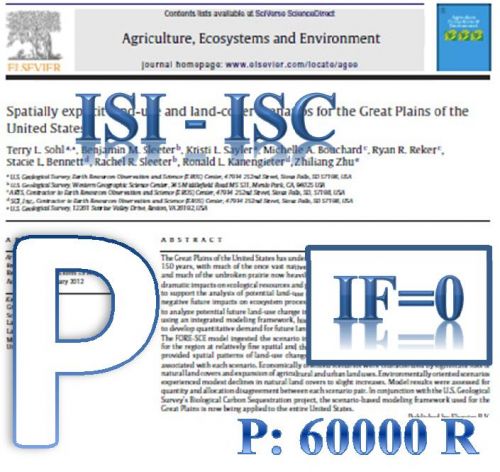Anti-retroviral drug resistance evolves as an inevitable consequence of expanded combination Anti-retroviral Therapy (cART). According to each drug class, resistance mutations may occur due to the infidel nature of HIV reverse transcriptase (RT) and inadequate drug pressures. Correspondingly, resistance to Nucleoside Reverse Transcriptase Inhibitors (NRTIs) occurs due to incorporation impairment of the agent or its removal from the elongating viral DNA chain. With regard to Non-Nucleoside Reverse Transcriptase Inhibitors (NNRTIs), resistance mutations may alter residues of the RT hydrophobic pocket and demonstrate high level of cross resistance. However, resistance to Protease Inhibitors requires complex accumulation of primary and secondary mutations that substitute amino acids in proximity to the viral protease active site. Resistance to novel entry inhibitors may also evolve as a result of mutations that affect the interactions between viral glycoprotein and CD4 or the chemokine receptors. According to the current studies, future drug initiative programs should consider agents that possess higher genetic barrier toward resistance for ascertaining adequate drug efficacy among patients who have failed first-line regimens.
کلید واژگان :Anti-retroviral, drug resistance, HIV infection, drug discovery, NNRTIS
ارزش ریالی : 600000 ریال
با پرداخت الکترونیک
